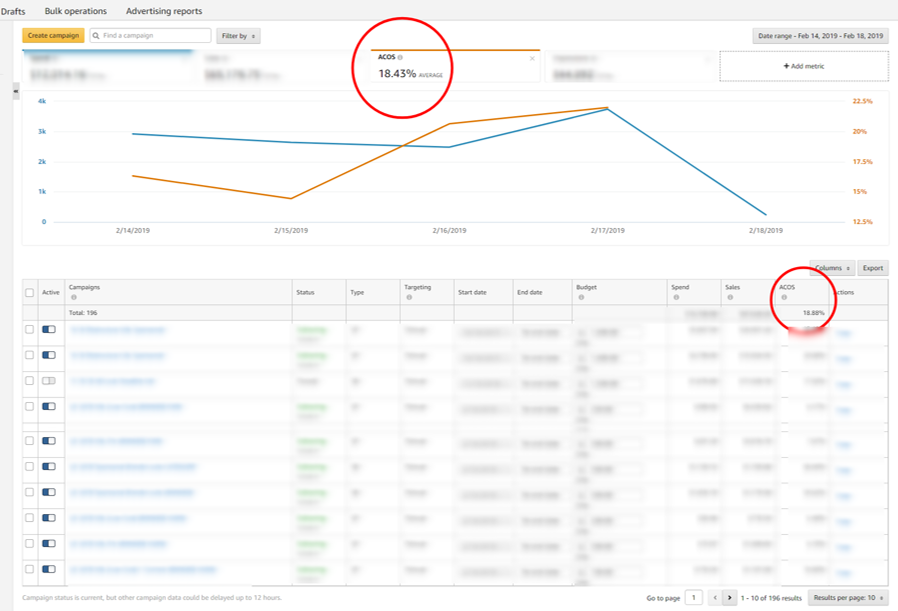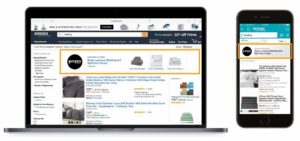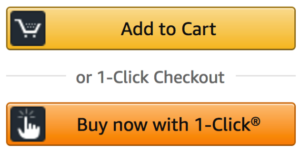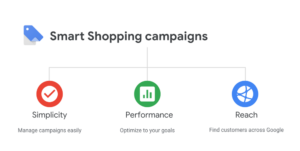
Like most paid media folks, over the last few years I’ve spent an inordinate amount of time in Amazon advertising interfaces – specifically Amazon Sponsored Ads (formerly Amazon Marketing Services) and Amazon DSP (Formerly Amazon Media Group).
It’s understandable that these channels would take up so much time and money. Amazon is where 49% of eCommerce sales occur and the site where 47% of product searches begin. Not only this, but Amazon media campaigns appear to be wildly profitable. While the profitability metrics are a lot to take in, they have major impacts on profitability.
Advertising Cost of Sale (ACoS):
Amazon uses ACoS as a quick way to show you how profitable your campagins and keywords are. This metric is set up in such a way where results are slanted to the positive side – there’s a reason these are ACoS appears as a default column in the Sponsored Ads interface.

Three numbers help Amazon arrive at the ACoS formula:
- Ad spend
- Conversions impacted by Ad Spend (“Orders” in Amazon lingo)
- Price of products sold against each attributed conversion
In other words: ACoS = Ad Spend / (Sales price of each attributed conversion * Orders)
Here’s a quick example:
- Ad Spend: $100
- Attributed Conversions: 10
- Average Sales Price for Attributed Conversions: $50
ACoS = $100 / (10 * $50)
ACoS = $100 / $500
ACoS = 20%
A couple problems with this equation:
- The sales price for each attributed conversion is NOT what your company is making (I hope that’s obvoius – if not, stop reading now and look into that).
- The nuances in the “Orders” metric are not abundantly clear.
Wading through the noise around the Orders metric:
The attribution window varies by campaign type:
- Sponsored Placement campaigns count Orders within a 14-day attribution window from when a prospect clicked on the ad. You will see Orders increase if you check back in a week.
- Sponsored Brand and Product Display campaigns count Orders within a 7-day attribution window.
The product sold matters and differs by campaign type:
- Sponsored Placement campaigns register an Order when a prospect buys the the advertised product or a product in the same category.
- Sponsored Brand and Product Display campaigns registers an Order from any product in under your brand umbrella.
The seller matters and differs by campaign type:
- Sponsored Placement campaigns only count Orders sold by Amazon.
- Sponsored Brand and Product Display campaigns registers an Order from any seller.
Takeaways for your startup:
- ACoS is set up to make Amazon appear to be one of the most profitable channels for you. Take into account all your costs before comparing to other sales channels. It’s a good practice to look at your channel costs all-in before comparing on a margin basis.
- Make sure you’re taking the attribution nuances into accont when comparing media performance across channels, especially within Amazon campaigns. Sponsored Placement campaigns are measured against metrics that are likely more important to the financial goals of your startup. I run all three types of Sponsored Ads campgaigns, but I tend to value Headline Ads and Product Display Ads for different reasons apart from their ACoS.
- If you see a major differenct in ACoS between Sponsored Placement campaigns and Headline/Product Display campaigns, you probably have an issue with 3rd-party sellers. Consider doing a few mystery buys to track those products and see where they’re coming from.










